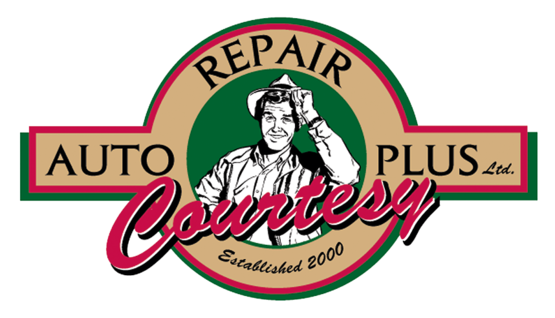Follow the Bouncing Vehicle (Bad Struts and Shocks)
August 30, 2020
If you hit a bump in the road and your vehicle just keeps bouncing up and down for a lot longer time than it used to, you may have bad struts and shocks. They're the things that help to keep your vehicle's wheels and tires planted to the road surface.
But they don't last forever. With care and depending on where and how you drive, shocks and struts should be replaced at intervals ranging from 50,000 miles/80,000 km to 100,000 miles/160,000 km. If you drive on bumpy roads with a lot of potholes, that interval will likely be shorter. Rough surfaces can take their toll.
But how do you know if your shocks and struts are doing their job properly? The best way is to have your vehicle checked by a technician. He or she can inspect the shock absorbers and struts for leaks, corrosion and damage. Mounts and bushings can also go bad and they should be evaluated as well. A thorough examination by a technician will also include looking at other suspension parts. Some may contribute to making your vehicle behave the same way if they're broken, corroded, worn or bent.
If you need new shocks and struts, your service advisor will make sure that you get those that meet manufacturer's specifications. That's important because they want to make sure you're getting the handling and performance engineers designed your vehicle to have.
Courtesy Auto Repair Plus
967 Bon Air Ave
Tiffin, Ohio 44883
419-443-0797
http://www.courtesyautorepairplus.com
More articles from Courtesy Auto Repair Plus

Dashboard's a Funny Name (Instrumental Panel Warning Lights)
January 4, 2026
Every day you drive, you're sitting behind the dashboard. But how in the world did it get that name? Back in the days of the horse-drawn carriage, horses would kick up dirt and mud on the driver and passengers, "dashing" debris against the carriage. So those who built carriages began installing a... More

10 Things That Are Lowering Your Fuel Economy
December 28, 2025
Regardless of whatever current gas prices may be, if you could use less gas, wouldnt you? Well, here are 10 things that are robbing you of better fuel economy that you can change for the better: Not enough air in your tires. Underinflated tires have a smaller rolling diameter and more res... More

A Clean Start (Battery Cleaning)
December 21, 2025
Your vehicle is loaded with electrical devices. Computerized components are everywhere, so good electrical connections are important. Those begin with your vehicle's battery, so it's important that its connections are in top shape. Ever had a flashlight that didn't work, took out the old batteri... More







